Losing vital gear, suffering a crippling injury, becoming disoriented or lost while snowshoeing in backcountry, or being caught in threatening bad weather – these and other potentially life-threatening situations can quickly turn an outdoor venture into an agonizing, emergency survival ordeal. However, developing a plan of action can increase your chances of surviving such calamities in any season and in almost any environment.
The Alaska Marine Safety Education Association first developed the Seven Steps to Survival as part of safety training for commercial fishers and USCG personnel in Alaska. The procedures taught are designed to be performed in a specific sequence of events utilizing one’s basic backcountry survival skills.
The Seven Steps to Survival, both what to do and, most importantly, “why,” are as follows.
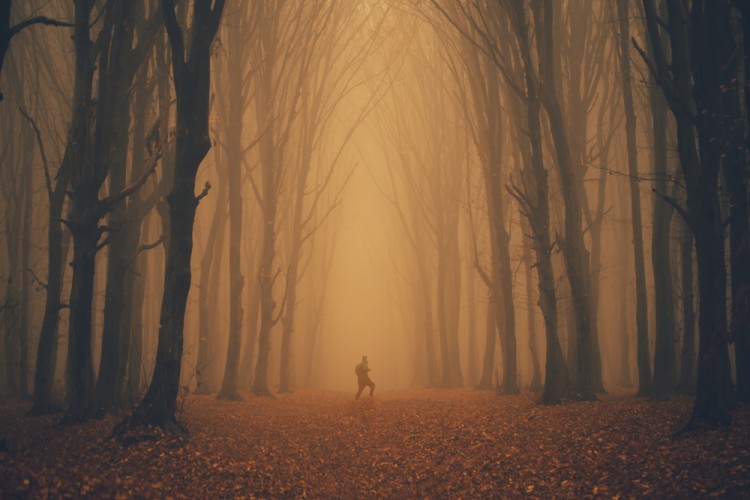
Potentially life-threatening situations can quickly turn an outdoor venture into an agonizing, emergency survival ordeal. The seven steps of survival can help. Photo: 4Max via Shutterstock
Some of the links in this article may contain affiliate links. When you purchase using these links, part of the proceeds go to Snowshoe Mag. Additionally, as Amazon Associates, we earn from qualifying purchases. Please see our disclosure for more details.
1. KNOW you are in trouble
First and foremost, admit and accept that you are in a serious, life-threatening situation. Some call this the “Oh crap!” moment of realization. Your mind is your most powerful survival tool so engage it by initiating a Positive Mental Attitude (PMT) as soon as you realize the seriousness of your situation.
2. Conduct an INVENTORY
Conduct an inventory of yourself, others, your immediate environment, and nearby resources. Check yourself and others for injuries (including cold injuries) and treat them accordingly. Medical kits like this backpacker medical kit should be a key component of your gear. Access your surroundings. For example, is whatever caused your incident still a threat (exposure to violent weather, precarious terrain, etc.)? If so, you may need to move to safer ground.
Read More: Emergency Tips from Snowshoer Stranded for 30 Hours in Central WA
3. Construct a SHELTER and fire
Getting and staying dry and warm are two critical requirements, and thus, these are critical in our steps for survival. Whether alone or in a group, ensure that at least temporary shelter is your priority. If the weather deteriorates while trying to light a fire, you’ll get cold and wet and still not have protection from those elements.
If in a group, have some start on the shelter while others work on the fire and other needs. Once your fire starts, you can create a more secure, element-proof shelter to improve on a quickly-needed makeshift lean-to.
Read More: The Snowshoe and Quinzhee Experience
4. Create SIGNALS
The sooner it’s known you are missing, search and rescue units will be in the field looking for you. So set up signals as soon as you can. Smoke by day and bright light by night are the two most effective signaling methods. Three gunshots, three fires, three distinctly man-made structures, etc., arranged close to each other are international signals of distress.
A signal sign needs to have segments at least three feet wide and fifteen feet long to be effectively seen from the air. Trenches in the snow or a broad swath of branches and boughs are effective ways of creating ground signals.
Know how to use, and carry a signaling mirror. Make a whistle a part of your basic survival kit. You can only shout briefly, but you can signal to others all day by blowing a whistle. Like this one from SOL, many survival kits will include a signaling mirror, whistle, and other survival items.
Read More: What To Bring When Snowshoeing: Top Accessories for the Day Hiker
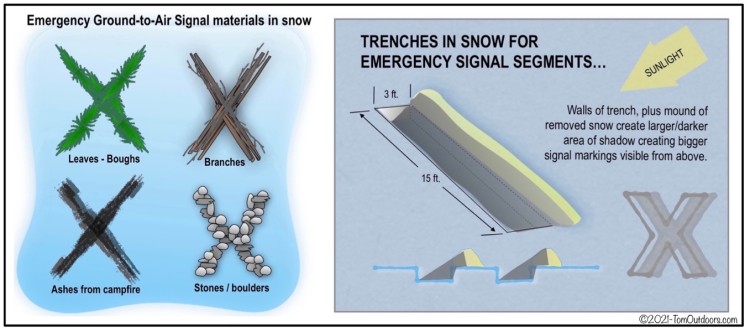
Trenches in the snow or a broad swath of branches and boughs are effective ways of creating ground signals. Photo: Tom Watson
5. Find a source of WATER
Staying hydrated is a crucial step for survival, and water sources vary by environment and terrain. Digging at the base of huge rocks, cliff faces, and even dried-up stream beds can sometimes lead to water-saturated earth below the surface.
Ideally, water should be treated before drinking, whether from melted snow or spring-fed brooks. Risking nausea or other ailments is a personal gamble in extended or more severe situations. Instead, learn to create makeshift filters from sand and moss-filled stockings, or add a portable water filter (like this one from Sawyer) to your gear. An easy, usually safe water source is using a bandana or light cloth to wipe the morning dew from foliage and wringing the absorbed moisture into a cup or other collection vessel.
Read More: Sawyer Products: Bringing Clean Water to People Around the Globe
6. Find food to EAT
While we can go several weeks without food, we need to replenish spent body fuel as we expend it in our survival activities. In addition, food has a positive psychological effect on our attitude (PMA).
Two crucial caveats regarding potential survival fare: First, just because it’s edible doesn’t mean it’s going to taste good. Second, if you don’t know what it is, don’t eat it!
Some survival kits include a small bottle of tabasco sauce to mask – or enhance – a wild-resourced food item. Remember, too, that it’s self-defeating if you expend more energy (calories) harvesting food than the energy you’ll get after eating it.
Read More: Foraged Feast: Edible Wild Plants
7. PLAY to maintain a positive mental attitude
The most valuable survival tool is what’s between your ears. A positive mental attitude can be kept going by creating light moments or by engaging in tasks that offer mini-rewards along the way.
In a group setting, for example, have a contest to see who can find the most firewood or collect the widest assortment of edibles. Even when alone, overcoming challenges can be a rewarding experience. Make these positive moments a game of sorts, and use that playful attitude to help you endure your situation.
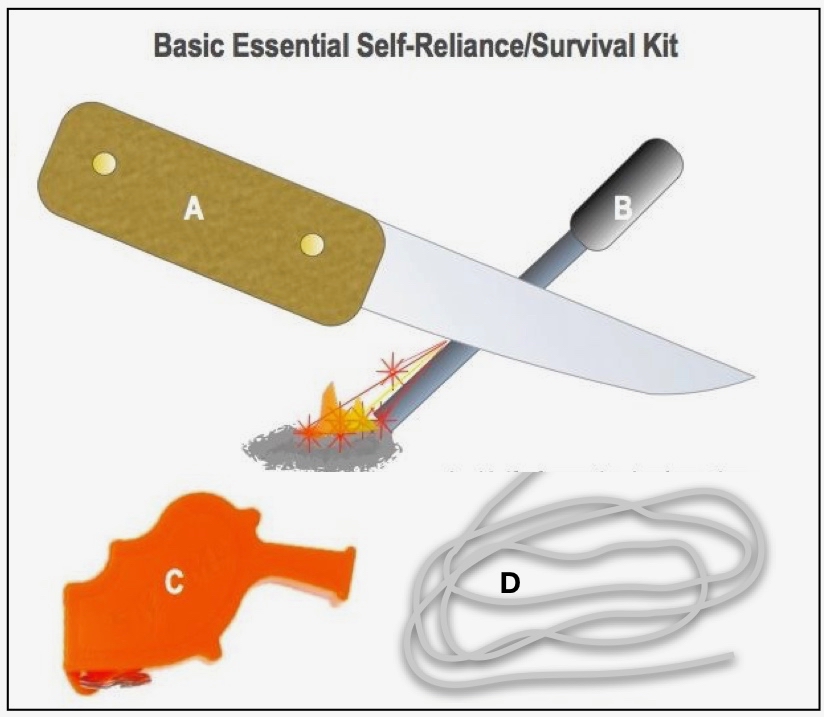
In addition to KISSWEP, take the time to learn and practice basic survival skills. Carry a kit on you any time you venture outdoors, including a sturdy knife, friction-fire starter, whistle, and 550 poly cord. Photo: Tom Watson
Remember KISSWEP
An easy way to remember these steps for survival and work on them in this particular priority sequence, think “KISSWEP”:
Know you are in trouble;
Inventory;
Shelter;
Signal;
Water;
Eat;
Play.
In addition to these steps, take the time to learn and practice basic survival skills. The book Tom Brown’s Field Guide to Wilderness Survival is a very useful reference for basic survival skills.
In addition to learning, create your own kit and carry it any time you venture outdoors (sturdy knife, friction-fire starter, whistle, 550 poly cord, to name a few items). Also, be sure to have a trip plan that you’ve left with someone.
These techniques may need to be adjusted or adapted to a particular situation, but knowing you need to keep warm, dry, hydrated, and nourished will help you focus on being rescued. These seven steps, in sequence, can be initiated as many times as necessary to keep you safe and secure. Use your head as your most critical survival tool. Practice skills and become familiar with their use before needing to rely upon them for real.
Knowing how to survive requires both mental and physical adaptability and resolve. Knowing why you must complete a certain survival task can help you use resources in additional ways than what you might first realize.
So, be safe. Be smart, and have fun out there!
Are you familiar with these steps for survival? Do you have any other recommendations? Please share your thoughts with us in the comments below.
Read Next: Safety First: Snowshoeing Hazards and How To Avoid Them

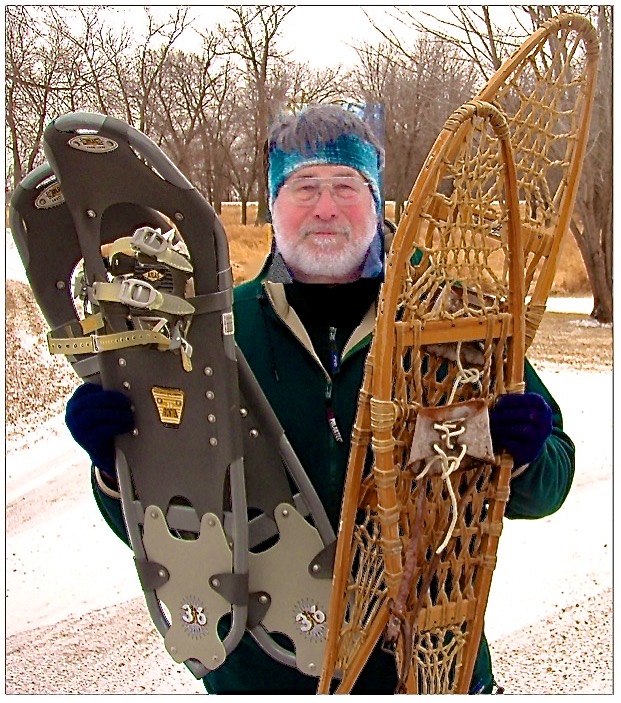
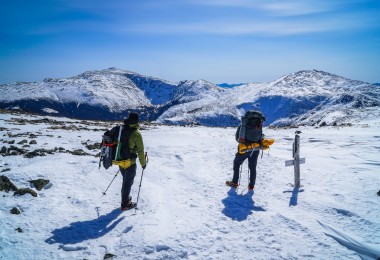
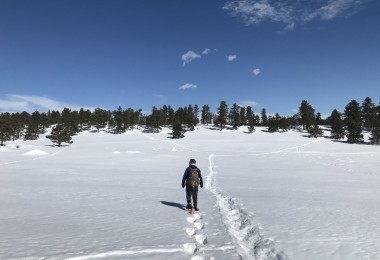
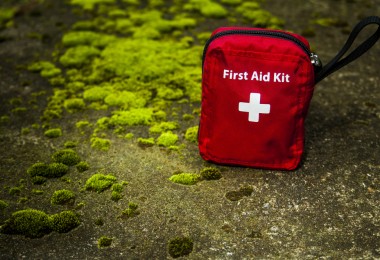
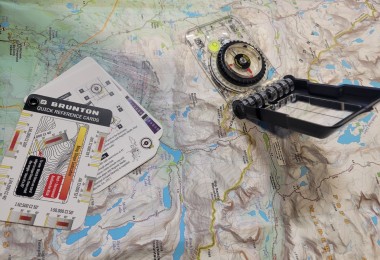

Points well made!